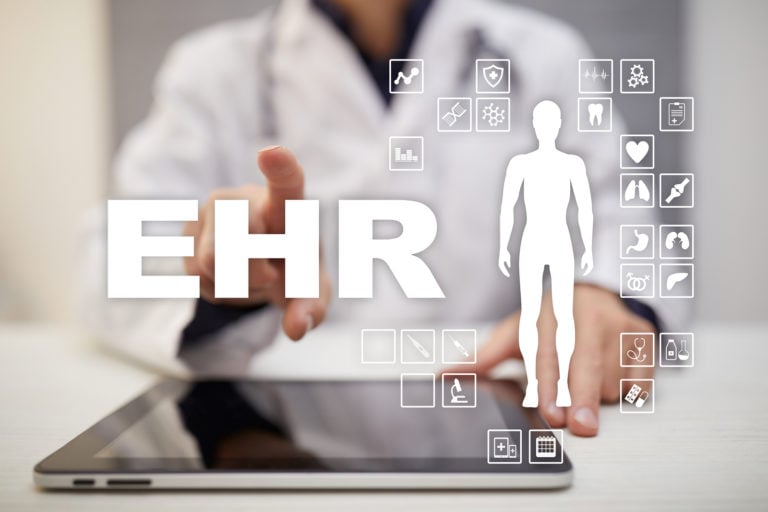What is Meaningful Use?

Technology is an essential part of healthcare. One of the most significant advanced in healthcare is the use of electronic health records (EHRs). Meaningful Use means that electronic health record technology is used in a “meaningful” way, and ensures that health information is shared and exchanged to improve patient care. According to the CDC, there are five “pillars” of health outcomes that support the concept of Meaningful Use:
- Improving quality, safety, and efficiency while reducing health disparities
- Engaging patients and families
- Improving care coordination
- Improve public health
- Ensure privacy for personal health information
Because electronic health records can improve patient care outcomes, the Center for Medicare & Medicaid Services (CMS) has offered financial incentive programs to providers to adopt EHR use. According to the CDC, incentive payments range from $44,000 over five years for Medicare providers and $63,750 over six years for Medicaid providers. The CDC also indicates that while the incentive programs are voluntary, eligible providers and hospitals may experience reductions in their Medicare/Medicaid fees.
So what does this mean for healthcare providers? Essentially, to receive an EHR incentive payment, providers must demonstrate that they are meaningfully using EHRs to meet specific objectives set forth by CMS. They are separated into three stages. The objectives are described in detail on the CMS website and involve components such as computerized provider order entry (CPOE), allergy checks, and e-prescribing. Providers must meet all the core objectives to receive payments.
While there are arguably pros and cons to electronic charting, the bottom line is that they were designed to improve communication, safety, efficiency, and patient care outcomes. This, in turn, helps to reduce healthcare costs which not only effects government agencies but healthcare consumers as well.
